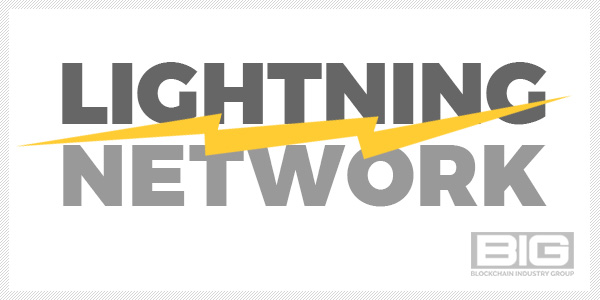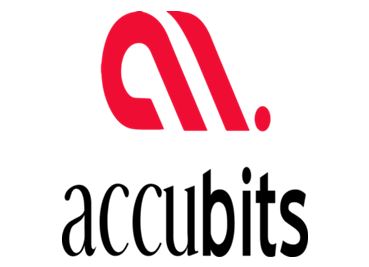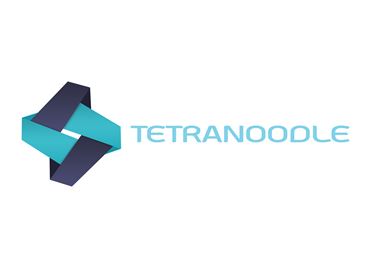
The Lightning Network has been praised by many as Bitcoin’s best scaling solution. This protocol has managed to garnish major support in the crypto community and every day new Lightning Network nodes join the blockchain. This month saw landmark adoption of this game-changing protocol as for the first time, Lightning Network nodes have outnumbered Bitcoin Cash nodes.
There are many reasons for the break-neck speed in which the cryptomarket is embracing the Lightning Network. Let’s take a moment to examine what the Lightning Network is, who is behind this protocol, and how it is changing the face of the cryptomarket.
The Lightning Network has been in development for around 3-years with three main development teams all working on their own version of the new protocol. Each team has chosen a unique scripting language and has been developing the network independently. These teams have managed to lay out some ground rules for their development so that there is some assurance that all of their protocols can work together and further the Lightning Network as a whole. These protocols are known as BOLTS which stands for “Basis of the Lightning Network”.
How the Lightning Network Works
The Lightning Network functions by creating personal payment channels that are used to conduct the transactions. These channels do not post the data to the blockchain until the transaction is completed. In this way, the LN is able to reduce the total amount of congestion on the blockchain. Only the final data is recorded on the blockchain.
Lightning Labs
San Francisco-based Lightning Labs is considered the furthest along in their development and last month saw the launch of their Beta testing phase. This development team for Lightning Labs has seen great success on their journey to reduce BTC transaction fees and times. Lightning Labs is also creating Lightning Network protocols for many other Altcoins who are equally interested in avoiding future scalability issues.
ACINQ
The developers at ACINQ have been designing their own Lightning Network scripting language and protocol for two years. Last month ACINQ made headlines by launching the first Android mobile app for the Lightning Network – the éclair wallet. The éclair wallet was initially met with a great response before the developers were forced to publicly admit that they had lost the keys to the project and could no longer upgrade the platform.
Elements Projects
Elements Projects is also developing a Lightning Network protocol of their own. This unique development team is primarily focused on providing users the ability to create their own personal side-chains. This will give corporations more flexibility when utilizing the Lightning Network in the future. Currently, users can go to their website and easily create a personal sidechain or test their applications on others sidechains.
Lightning For Everyone
The Lightning Network isn’t just for BTC and this month has already seen a number of Altcoins announce their participation in the project. Litecoin has already released in-depth instructions on how MAC users can now set up a Lightning Node and Steller Lumens has announced that they are currently integrating Lightning Network support to their blockchain.
The Future of the Cryptomarket
Scalability is a huge concern for crypto developers and after seeing BTC’s transaction fees skyrocket to the point of ridiculousness, the LN has garnished major support across the marketplace. Steller Lumens executives have commented on the importance of integrating this protocol before the competition, stating that it will be very difficult to play catch up with the cryptos that are already Lightning Network capable in the future.
Anti-Lightning
Opponents to the new protocol claim that the nature of the LN makes your transactions more centralized and they have warned against future gateway providers attempting to monetize their efforts. Regardless of their complaints, the Lightning Network is moving forward at full steam and everyone in the cryptomarket is making way for the return of low transaction costs.
What do you guys think? Is the Lightning Network the answer to the market’s scalability issues?
By D. Hamilton, BIG Writer








